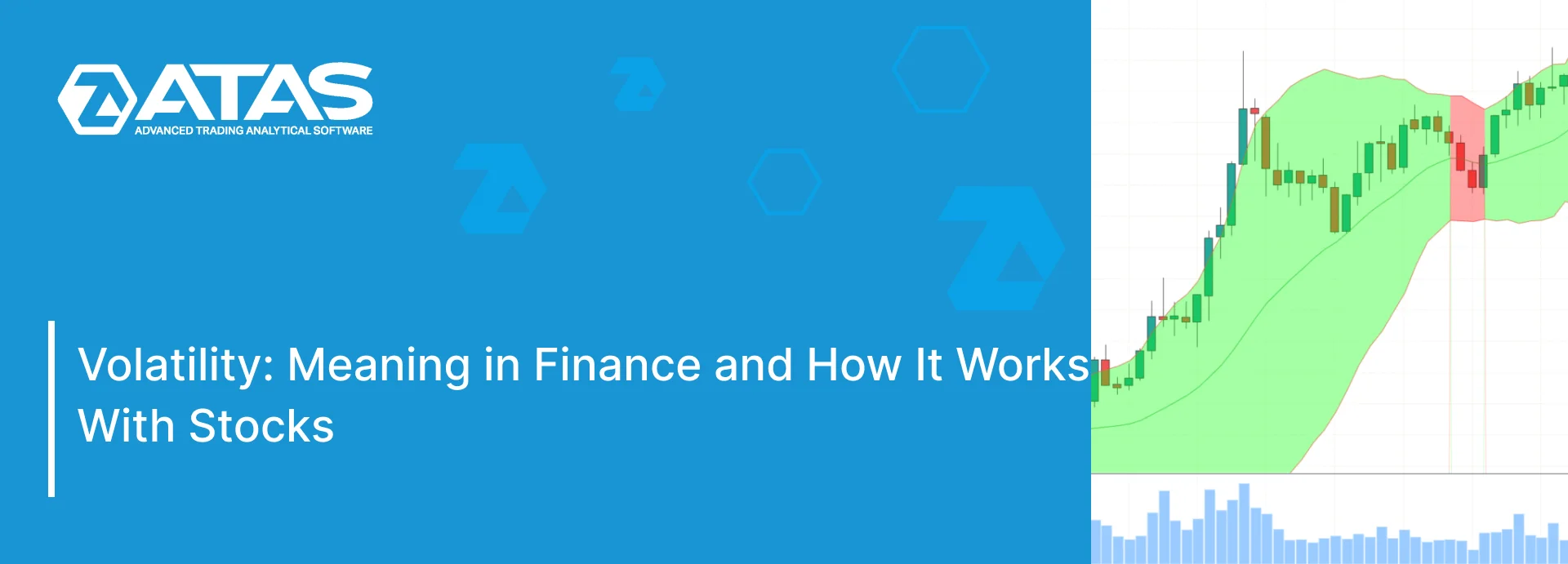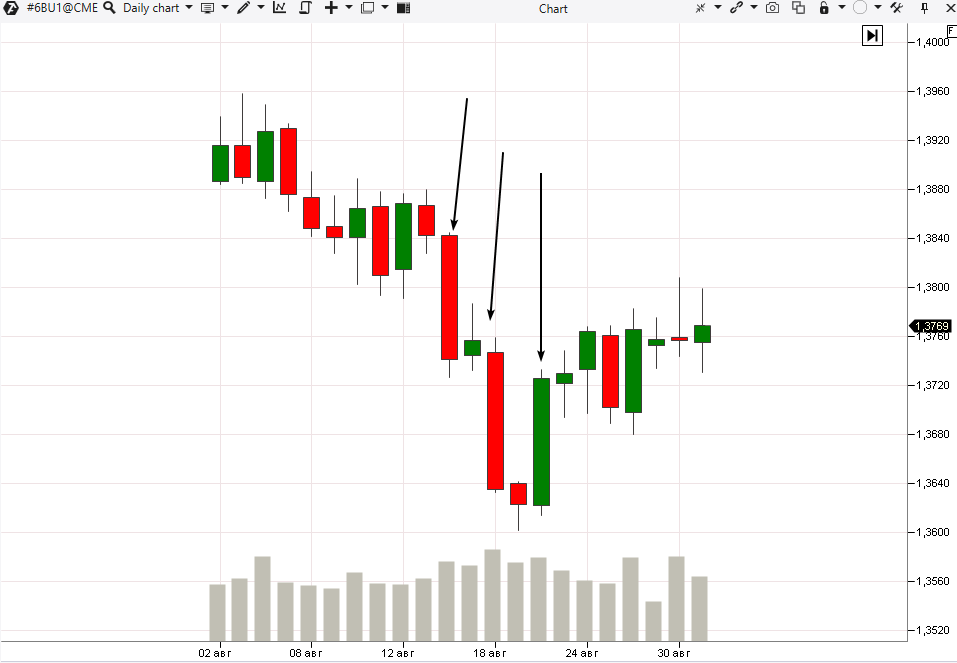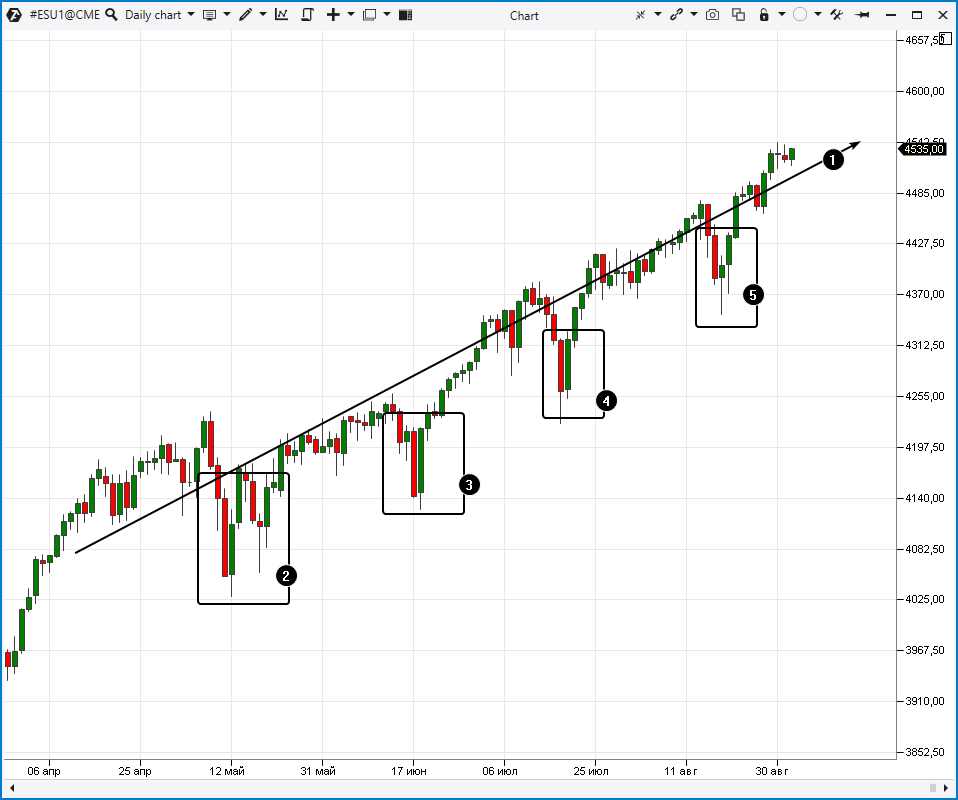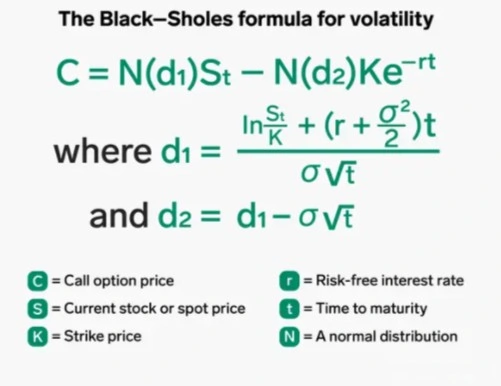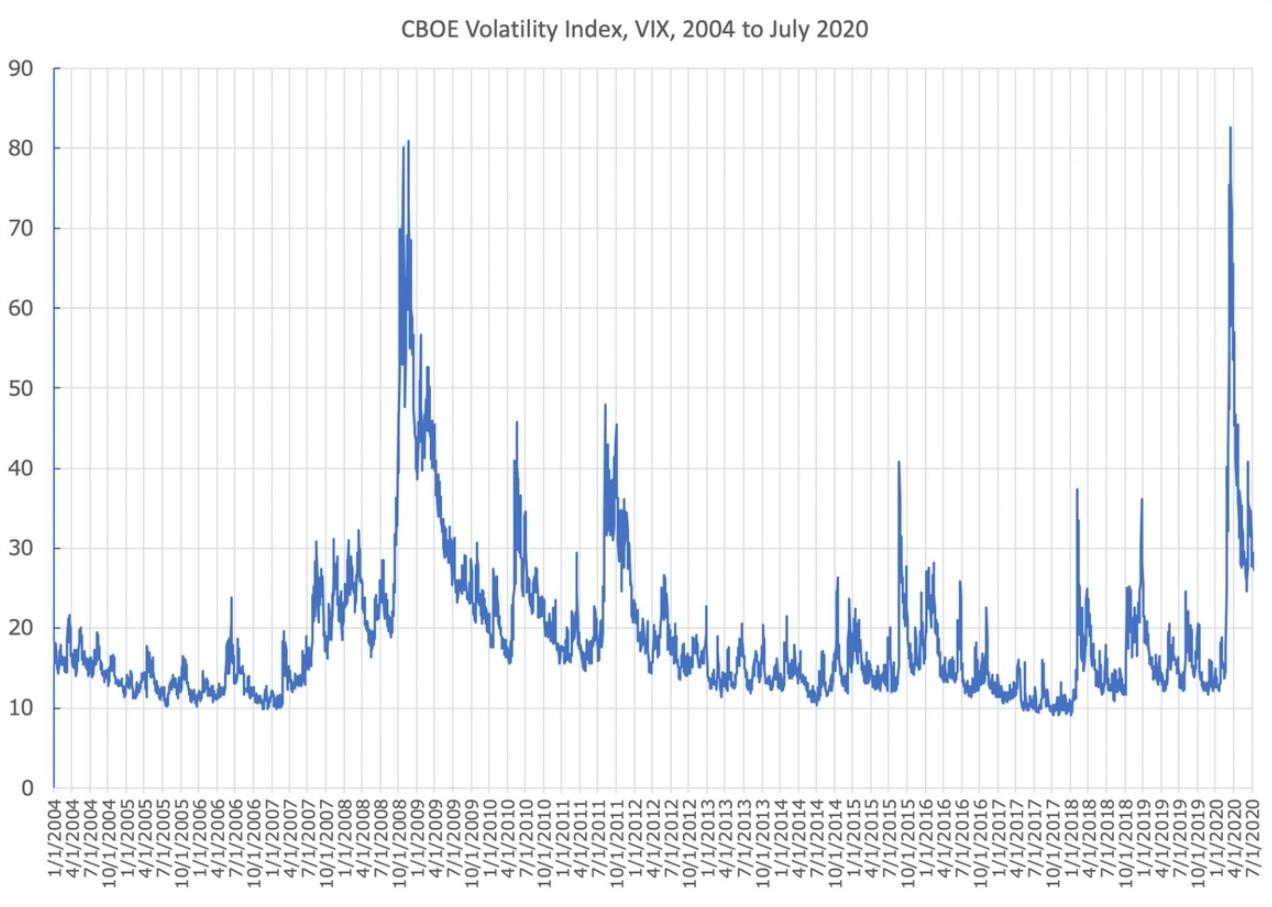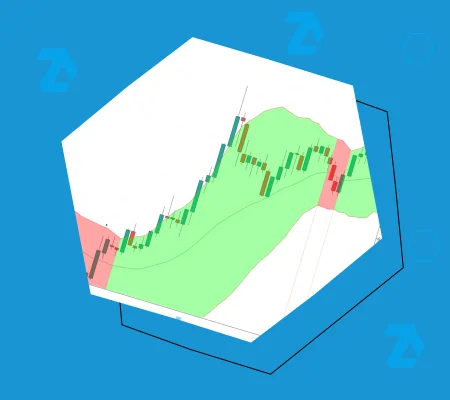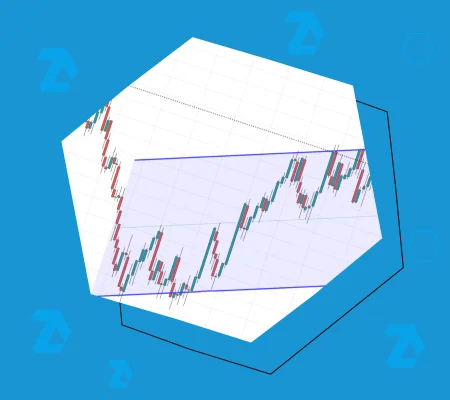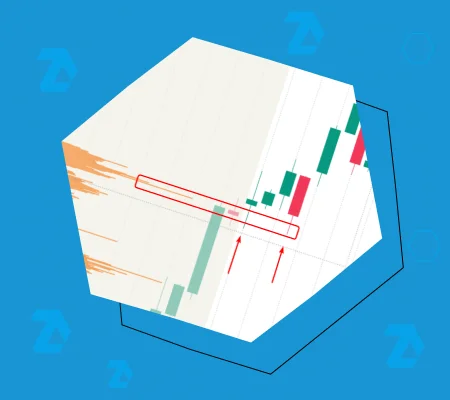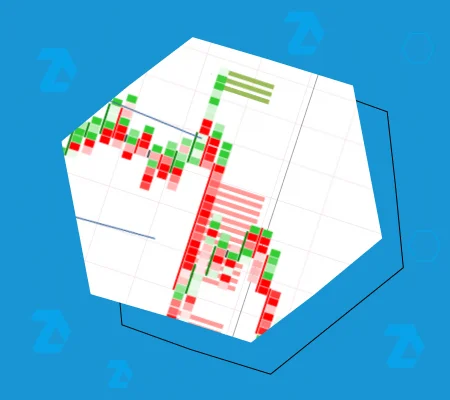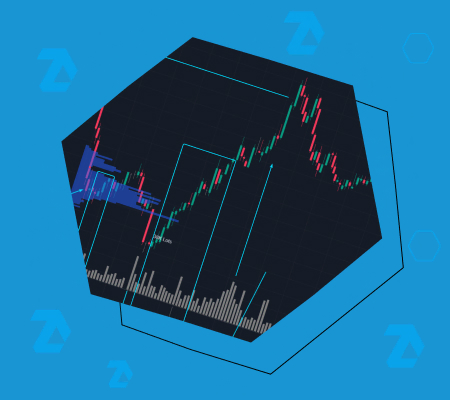Volatility: Meaning in Finance and How It Works With Stocks
What Is Volatility?
The word “volatility” comes from the Latin “volātilis” (meaning flying, quick, temporary, changeable). In the context of financial markets, volatility refers to the ability of a financial asset’s price (such as stocks, futures, or cryptocurrencies) to fluctuate.
Different assets have varying levels of volatility due to their risk levels and market dynamics. For example, Bitcoin is known for being highly volatile, with daily price swings typically ranging from 3% to 5%. In contrast, 10-year U.S. government bonds are considered low-volatility assets, with daily price changes usually around 0.2% to 0.5%.
Read more:
Key Takeaways
- Volatility in trading is a statistical measure of a financial asset’s price fluctuations and can serve as an indicator of market risk.
- It is a fundamental part of trading and is not always negative.
- High volatility is a condition that can present opportunities for short-term gains, but it also raises the risk of losses.
- There are two main types: historical volatility, based on past price movements, and implied volatility, which predicts future fluctuations using option prices.
- The VIX index (often called the “fear index”) is a key measure of implied volatility for the stock market over the next 30 days.
- Indicators like Bollinger Bands and ATR are also used to assess the magnitude of price swings.

